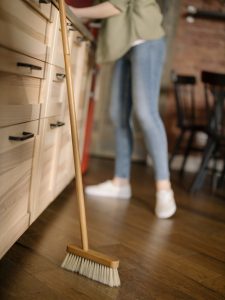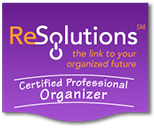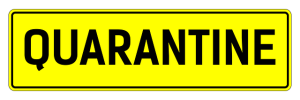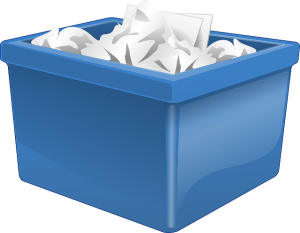
Spring cleaning is so much a tradition that it has a name. I mean, who ever heard of “winter cleaning” or “summer cleaning”?
So, why is it spring when we do perhaps our most serious cleaning? Well, you may be astonished to learn that, indeed, there are historical, biological, cultural, and religious explanations.
Historical: Back in the day, homes were heated with wood or coal; therefore, spring brought warmer weather and the chance for airing out the home and cleaning out a winter’s worth of soot and grime on the walls and all surfaces.
Biological: While humans don’t hibernate over the long winter months, at least not in the same way as bears, chipmunks, and bats, we do experience hormonal changes. These might include increased production of melatonin, which makes us sleepier and so less inclined to scrub until … the springtime.
Cultural: The Persian new year, Nowruz, falls on the first day of spring. In Iran, one tradition is to “shake the house,” meaning to do a deep clean.
Religious: The dates for Passover and Easter are determined by the lunar calendar, and fall each year in early spring, mid-March to mid-April.
The Jewish festival of Passover commemorates the exodus from Egypt and freedom from slavery. In their haste to escape, the Israelites did not have time for their bread to rise, which is why Jews today eat unleavened bread (matzoh) during the eight-week holiday of Passover. In preparation, Jewish people clean their homes of all foods containing chametz (leaven), including any crumbs. In that crumbs can be anywhere—from corners of cabinets to pockets—the pre-holiday cleaning is extensive.
Catholics customarily clean the church altar the day before Good Friday. Members of the Greek Orthodox church celebrate “Clean Week,” a week of cleaning their homes before Lent, starting with Clean Monday.
Who knew spring cleaning had such deep roots based on tradition? When you perform yours this spring, remember that you are maintaining a tradition centuries old!
Photo: Pexels

 Join My Email List
Join My Email List








